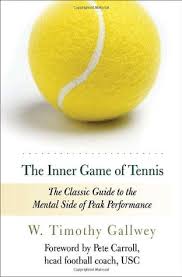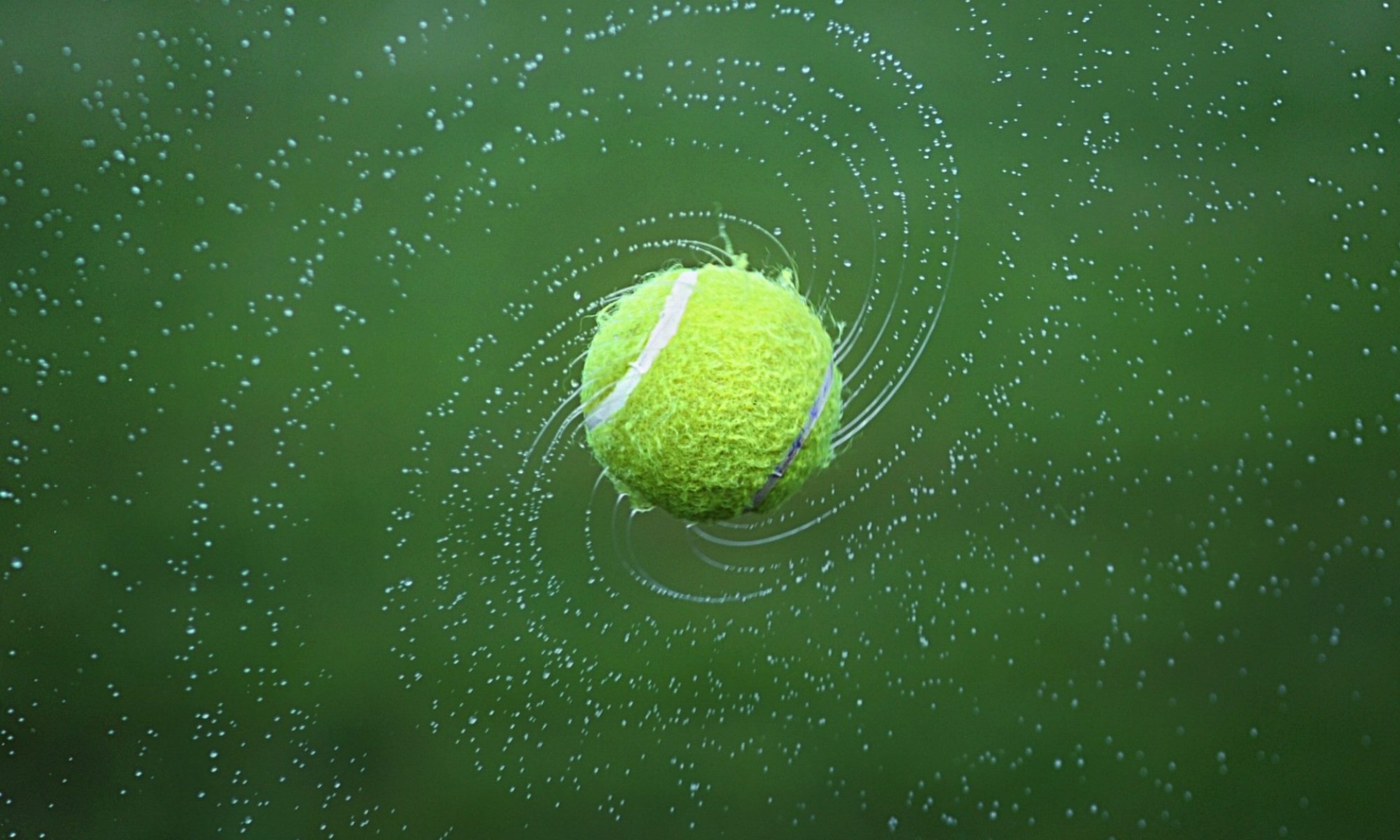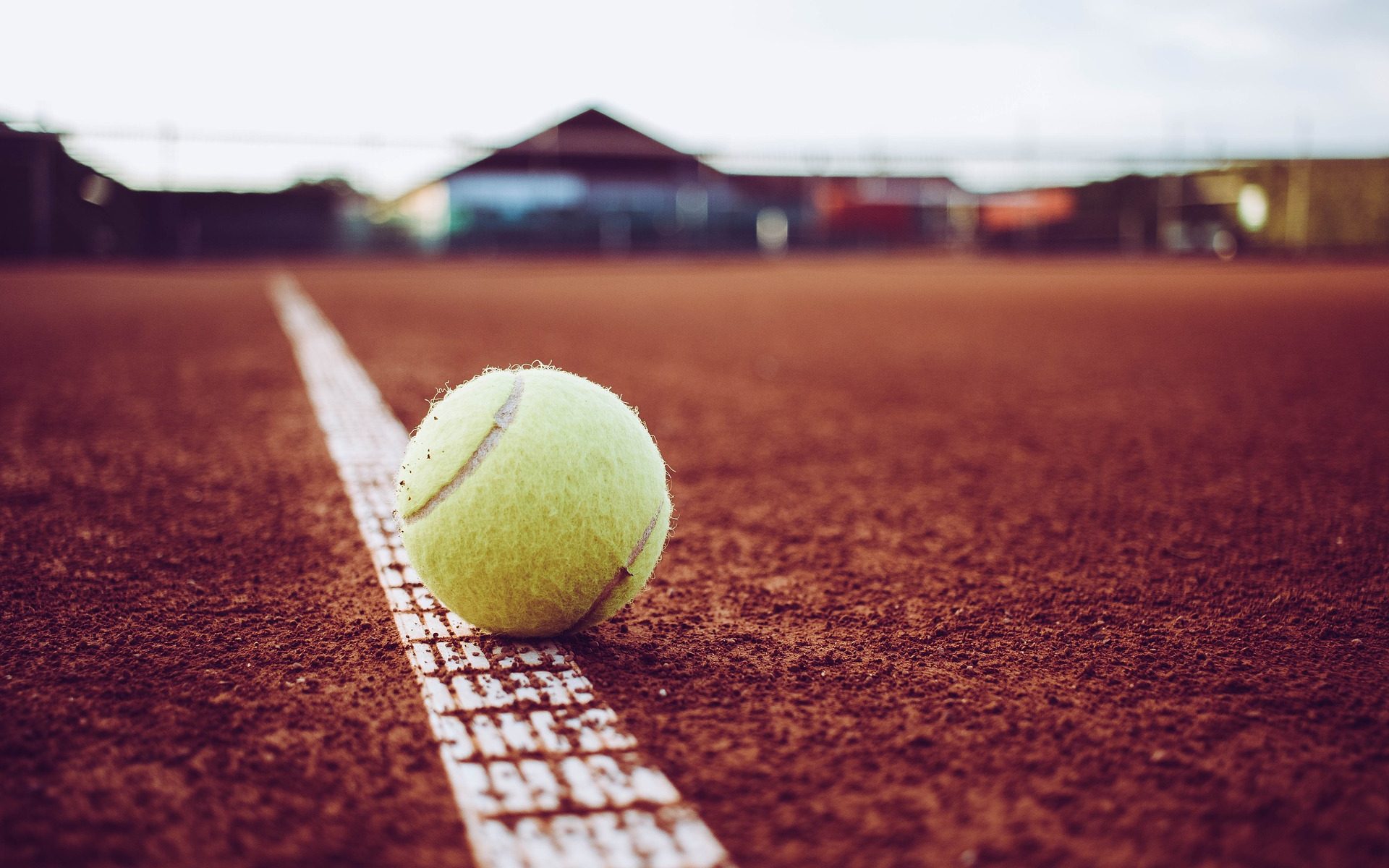Mental focus for tennis
Today we’ll discuss mental fitness. Many times, especially when you haven’t played much, your strokes will start to break down in a match. This is usually just due to your own doubts about your abilities. You start to second guess your mechanics, shot selection, etc. When you start doubting your shots and missing, use these tips to refocus your mind
- listen to the sound of the ball hitting your opponents racket
- try to see the seams on the incoming ball
- feel the rhythm of the rally (play your favorite song in your head)
- between points focus on your breathing, deep inhale, long exhale
- develop a routine to focus on between points (straighten your strings, reposition your hat, etc.
All of these actions help to calm you and also distract your conscious mind, the source of performance anxiety.
Developing habits to refocus your mind will help you move past negative thoughts that prevent your shots from flowing smoothly.
A great book on the subject of mental focus in tennis is “The Inner Game of Tennis”, by Timothy Gallwey


